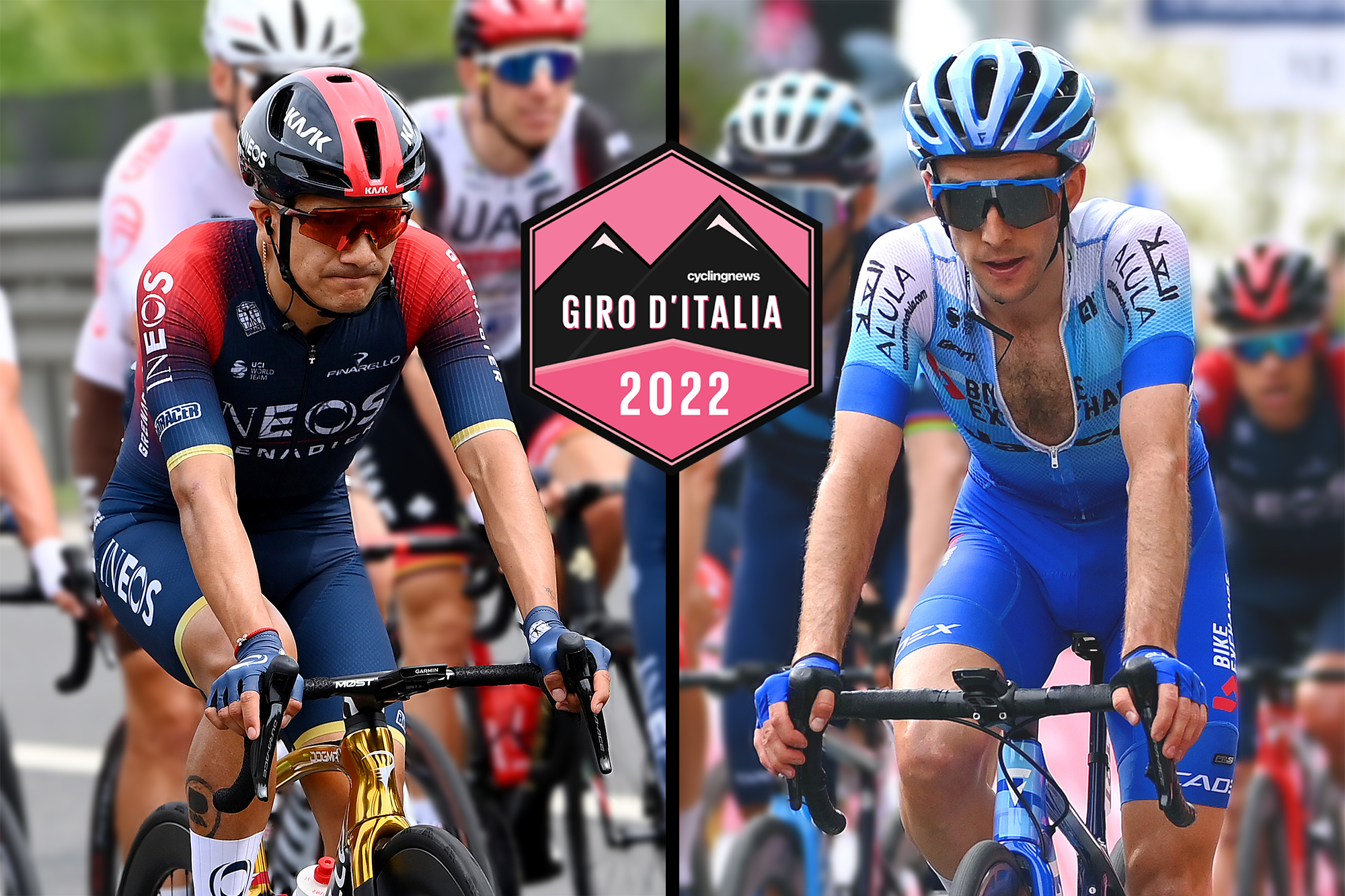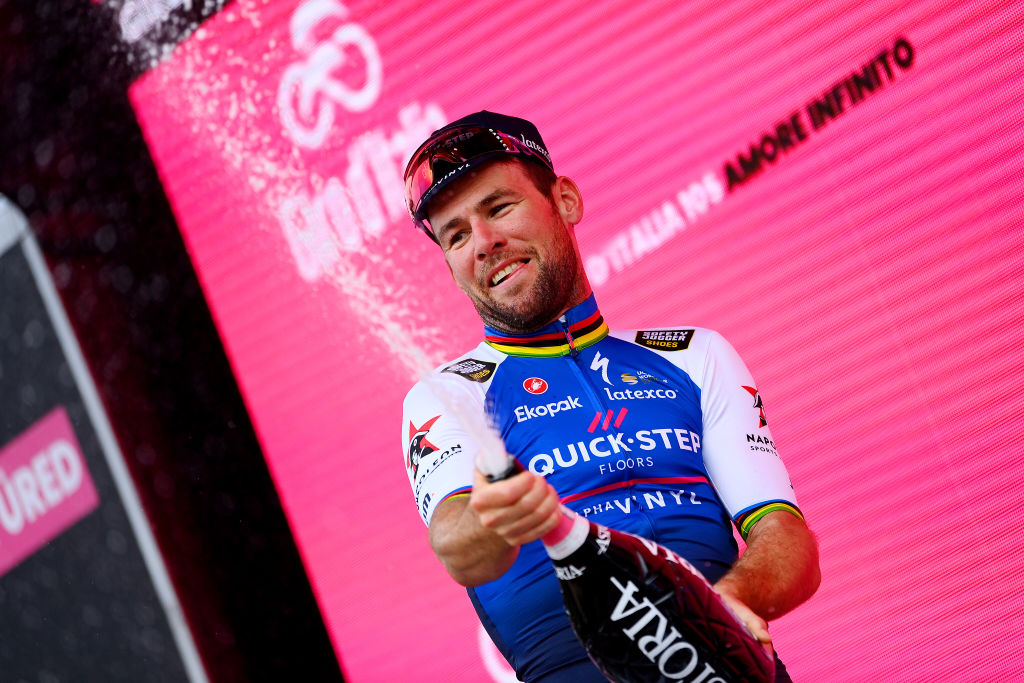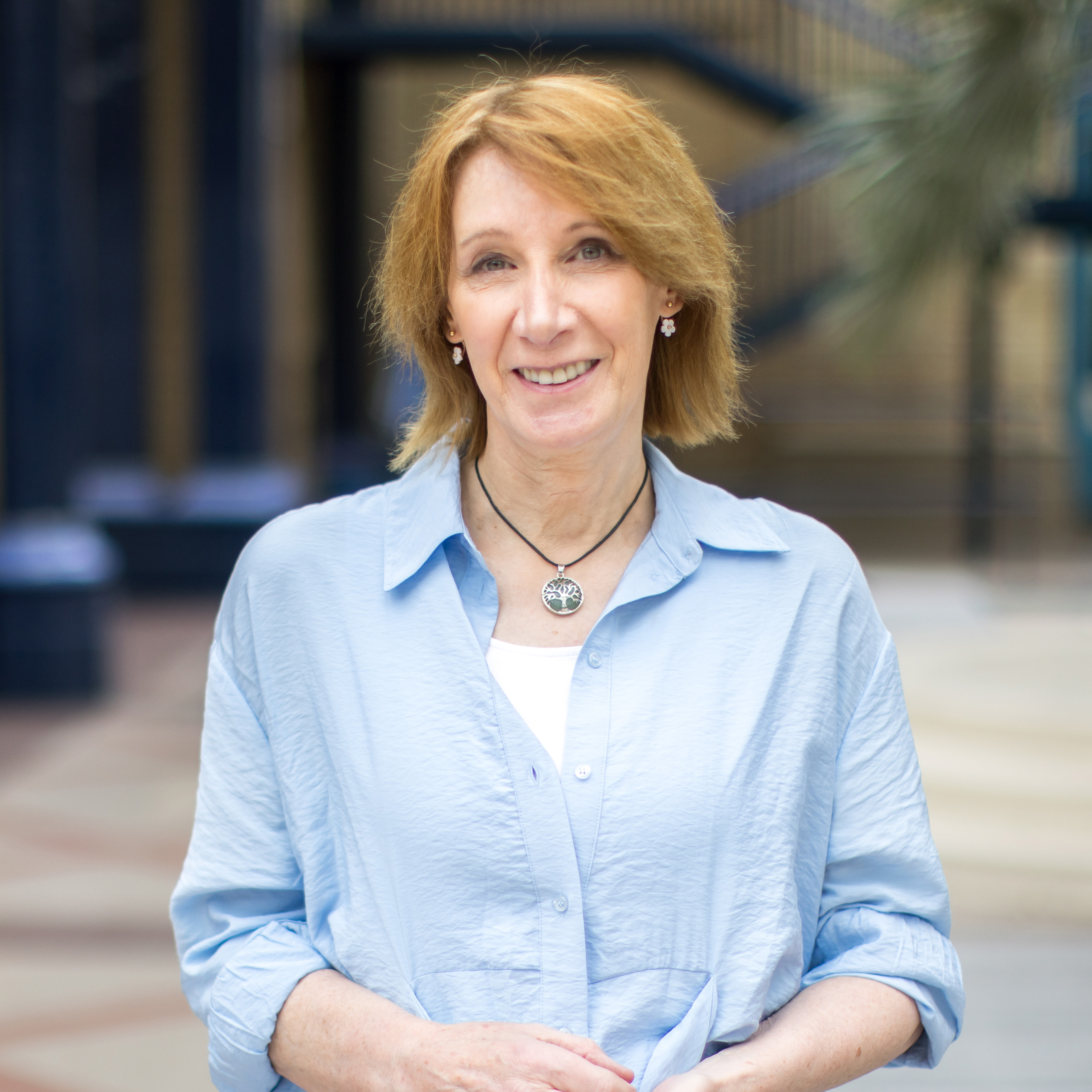Philippa York analysis: Yates and Carapaz on top before Giro's first mountain test
The battle to take – or avoid – pink, and the question of who can beat Cavendish

The opening stages of the Giro d'Italia in Hungary are done and dusted and there are promising signs of a fascinating battle developing between the two main favourites.
The first strike went to Richard Carapaz who was on the right side of the four-second split at the opening day uphill finish in Visegrád. Okay, it was mainly caused the Caleb Ewan crash in the sprint, but nevertheless, the Ineos Grenadiers leader was well placed for the majority of the 5.5km climb to the line.
Strangely, there was no sign of Simon Yates near the front at any time on the climb when he ought to have been paying close attention to his main rival. However, the next day he produced a convincing time trial in Budapest that gave him a 24-second advantage as the race heads to Sicily.
Tuesday's 22.8km summit finish at Mount Etna will be an indication of how everyone is climbing – even though it's fairly regular in gradient. It is long enough to sort out those who were maybe planning to come good in the final week from those who are in top form already.
It's first strike to Simon Yates in the psychological battle though. The buffer he has over the other GC contenders (such as 18 seconds to João Almeida and 24 to Carapaz) may be small, but it all matters as it clearly shows the form he's in.
The wonder now is whether Tom Dumoulin, who lies just five seconds behind Yates, is or isn't going to challenge for the maglia rosa. The route chosen up the side of Etna doesn't contain the steep changeable ramps that might have seen him struggle, so there's the chance that Ineos and BikeExchange-Jayco let someone else take responsibility for the race lead for a while.
Looking at it objectively, Jumbo-Visma are the perfect squad for that as they haven't come with a sprinter and all their resources are geared towards stage and overall results.
Get The Leadout Newsletter
The latest race content, interviews, features, reviews and expert buying guides, direct to your inbox!
Like Almeida and Carapaz, most of the more climbing-orientated GC riders are already huddled in a group roughly 20 seconds or so behind Yates and with the stage 4 finish likely to come down to a small group sprint, guys like Bilbao, Almeida and Mollema will be watching each other quite closely.
Something to note is that the wind is quite often a factor on the upper slopes of Etna, so it's quite difficult for the purer climbers like Bardet or Landa to carve out a major difference.
So, then, there's definitely a scenario where the big teams allow someone like Wilco Kelderman to sneak away. Or even Richie Porte and why not a final fling from Vincenzo Nibali on his home turf, though it's more likely we'll see Miguel Angel López to the fore for Astana.
Beyond the maglia rosa – the sprinters

For the coming week the big question outside of the maglia rosa fight could well be: Is Mark Cavendish going to treat us to a rerun of last year's Tour de France?
It's quite remarkable that, given the right guys working for him, he can still outsprint the likes of Ewan, Fernando Gaviria, Arnaud Démare et al, and there are another two chances in the opening week that ought to be a mass sprint.
How the other teams go about stopping the QuickStep lead-out train operating will be key to what happens, but you get the feeling that Caleb Ewan will eventually escape the bad luck that's attached itself to him.
Then there's Intermarché-Wanty Gobert leader Binian Girmay who will definitely win a stage, though he might have to wait until next weekend when the terrain will have sapped some of the pure speed from everyone's legs. However, he'll then be up against Mathieu van der Poel again who has a habit of doing the unexpected just when you thought his involvement was slightly less prominent, as was the case in Visegrád.
If there wasn't Mount Etna to climb, then van der Poel would possibly have stayed in the race lead until next Sunday. But then you look at the profile of Friday's stage 7 to Potenza that has the potential to turn the race on its head and that's a very Mathieu van der Poel thing to do.
The conclusion from Hungary's contribution to the 105th Giro d'Italia is that the pre-race favourites for GC are certainly present and waiting to strike, though nobody is lost yet – even from those considered outsiders.
Then there's the sprinters, who all have to contend with the fact that Mark Cavendish might say he's not the fastest or the strongest, but can still beat them when you need to be fast and strong.
Philippa York is a long-standing Cyclingnews contributor, providing expert racing analysis. As one of the early British racers to take the plunge and relocate to France with the famed ACBB club in the 1980's, she was the inspiration for a generation of racing cyclists – and cycling fans – from the UK.
The Glaswegian gained a contract with Peugeot in 1980, making her Tour de France debut in 1983 and taking a solo win in Bagnères-de-Luchon in the Pyrenees, the mountain range which would prove a happy hunting ground throughout her Tour career.
The following year's race would prove to be one of her finest seasons, becoming the first rider from the UK to win the polka dot jersey at the Tour, whilst also becoming Britain's highest-ever placed GC finisher with 4th spot.
She finished runner-up at the Vuelta a España in 1985 and 1986, to Pedro Delgado and Álvaro Pino respectively, and at the Giro d'Italia in 1987. Stage race victories include the Volta a Catalunya (1985), Tour of Britain (1989) and Critérium du Dauphiné Libéré (1990). York retired from professional cycling as reigning British champion following the collapse of Le Groupement in 1995.
